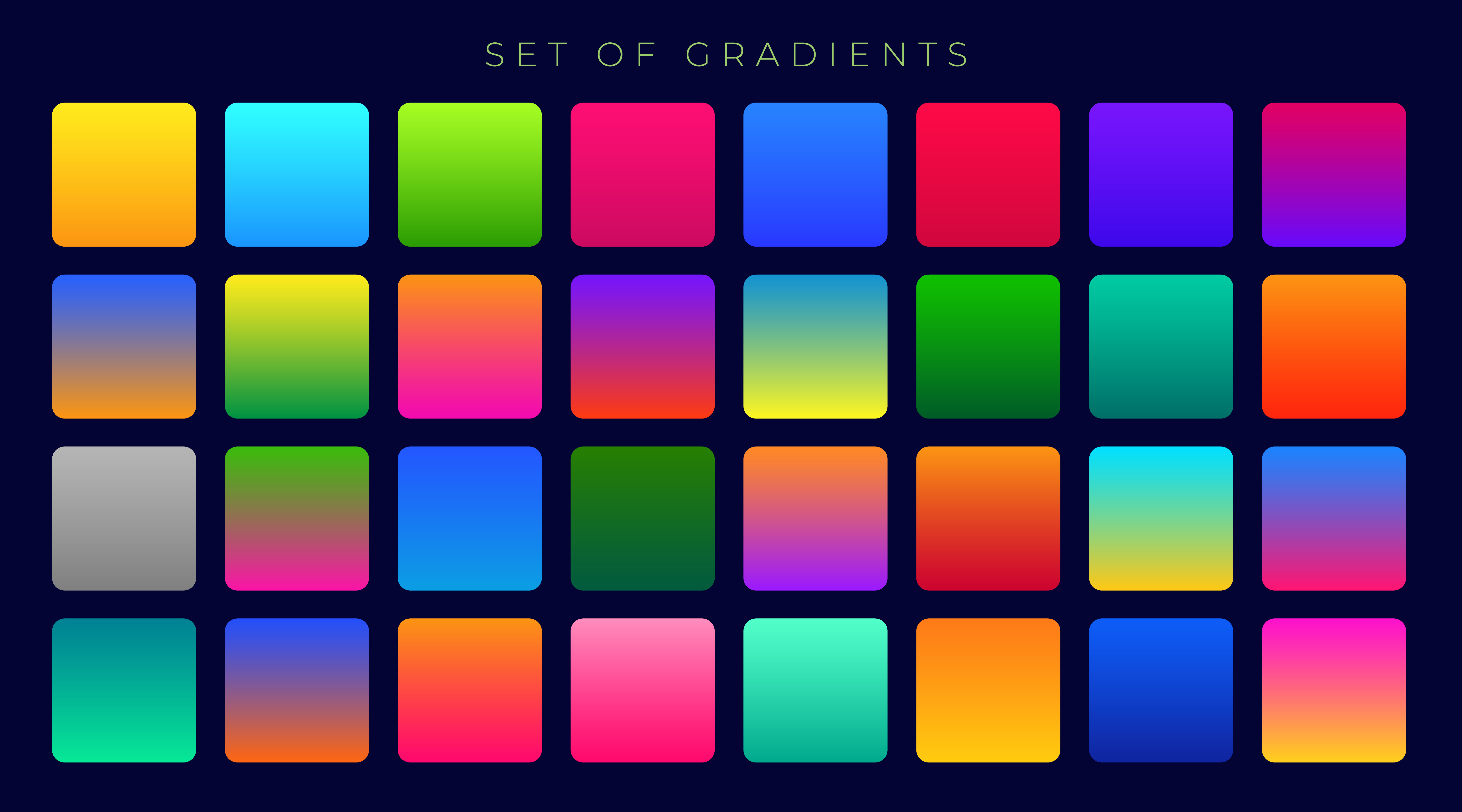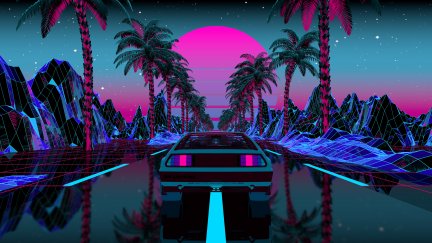
When Facebook rolled out gradient status backgrounds in 2017, they knew what they were doing. So is this meme posted by direct-to-consumer health startup Hers. Gradient artwork shared by the clothing brand Public Space is vaporwave. Vaporwave is a musical and aesthetic movement (started in the early 2010s) that spliced ambient music, advertising, and imagery from when the internet started. It’s no surprise that this design effect is part of the technological nostalgia that fuels the vaporwave movement. 1980s and ’90s kids may remember messing around in Microsoft Paint and Powerpoint as a child, filling in shapes with these same gradients. But they also belong to the placeless digital citizen. Gradients might be a manifestation of longing for sunshine and surf. The Light and Space movement was also started in Southern California, and it’s in the DNA of Coachella. “The quality of light in LA is something miraculous,” he says. Changes to the sky are even more pronounced in Los Angeles, where Harmon’s studio is now based. Harmon compares the Recess branding to a sunset so beautiful you can’t help but stare (or take a picture) however busy you are. “It’s nice to see calming things amongst all of the social ramifications of Instagram,” says Rion Harmon of Day Job, the design firm of record for Recess. The Twitter bot soft landscapes operates on a similar principle, but some days the landscape all but disappears. Soft gradients are alluring because they cut through the noise of social media, but they also are disorienting. James Turrell’s works come with a warning because the visitor quickly loses all depth perception. Most recently, West donated $10 million dollars to the artist. (I was yelled at by security for taking a picture there but it’s fine.)Ī post shared by Kris Jenner on at 8:09am PDT The Kardashian-Jenner-West crew posted an Instagram in front of one of Turrell’s works in Los Angeles. Drake’s Hotline Bling video was inspired by Turrell’s light-infused rooms called Ganzfelds. Light and Space pioneer James Turrell has been embraced by celebrities like Beyoncé, Drake, and Kanye West. In the art and design world, Light and Space - developed in the 1960s and ’70s - has been experiencing a revival thanks to its Instagramability.

Why you’re seeing it everywhere: Gradients are the confluence of three different trends: Light and Space art, vaporwave, and bisexual lighting. Seltzer startup Recess has gone all-in on gradients in their branding.

CalicoĪre gradients drinkable? Heck yes, they are. Meanwhile, Spanish fashion house Loewe has introduced a version of their trendy Elephant bag in a spectrum of pink to yellow. On the luxury front, Brooklyn wallpaper company Calico has released an entire collection of gradient wallpapers called Aurora. On Instagram, they provide a product backdrop for popular Korean beauty brand Glow, and have been embraced by indie magazines Gossamer and Anxy - both designed by Berkeley studio Anagraph.

Ally’s billboard in A Star Is Born is a full-on gradient, and so was the branding for the Oscars ceremony that recognized Lady Gaga. Gradients have taken over Coachella’s app and website (if you watch carefully, the colors shift). They are part of a suite of Facebook status backdrops introduced in 2017 and the branding for the New York Times’ popular podcast The Daily, which displays a yellow to blue gradient. Where it is: Gradients are seemingly everywhere in media and marketing. Typically rendered in soft or pastel tones. What it is: A digital or print effect where one color fades into another. You know that thing you’ve been seeing all over the place? Allow us to explain it.

Welcome to Noticed, The Goods’ design trend column.


 0 kommentar(er)
0 kommentar(er)
